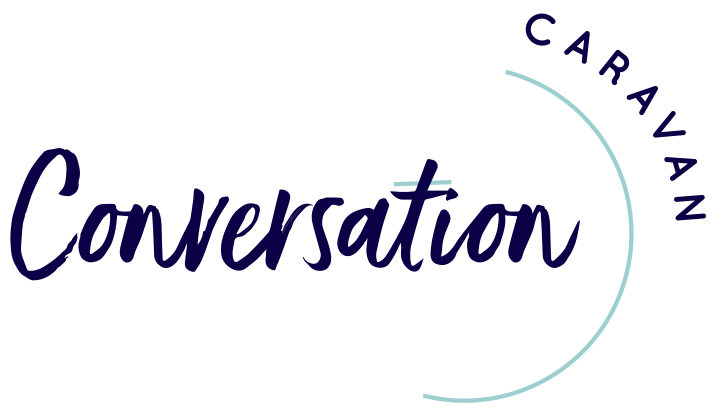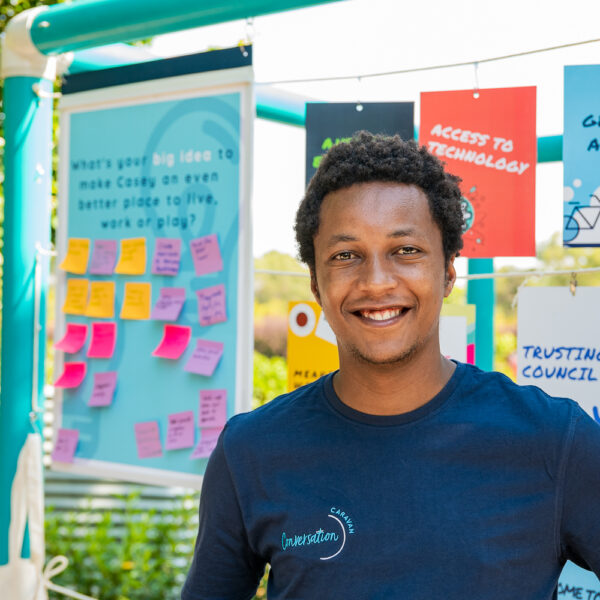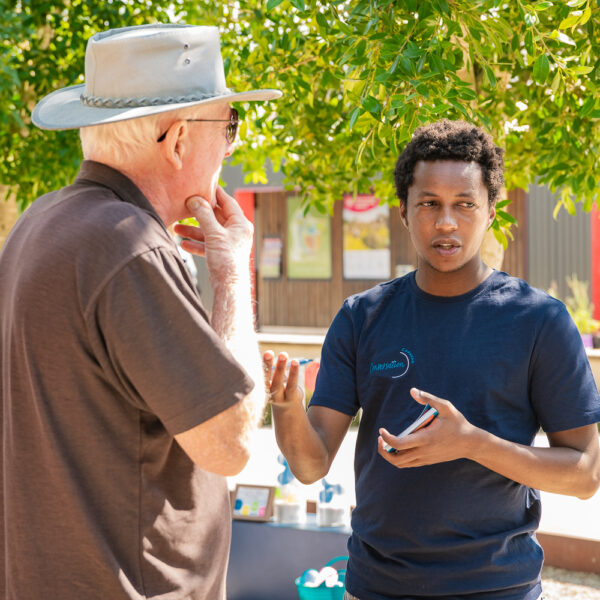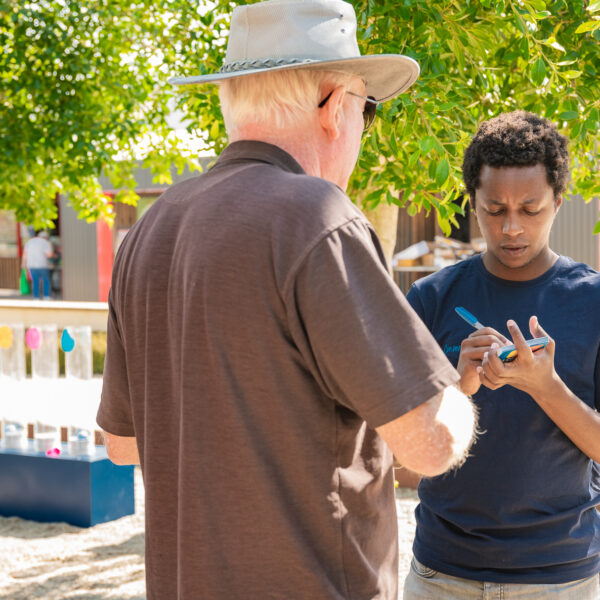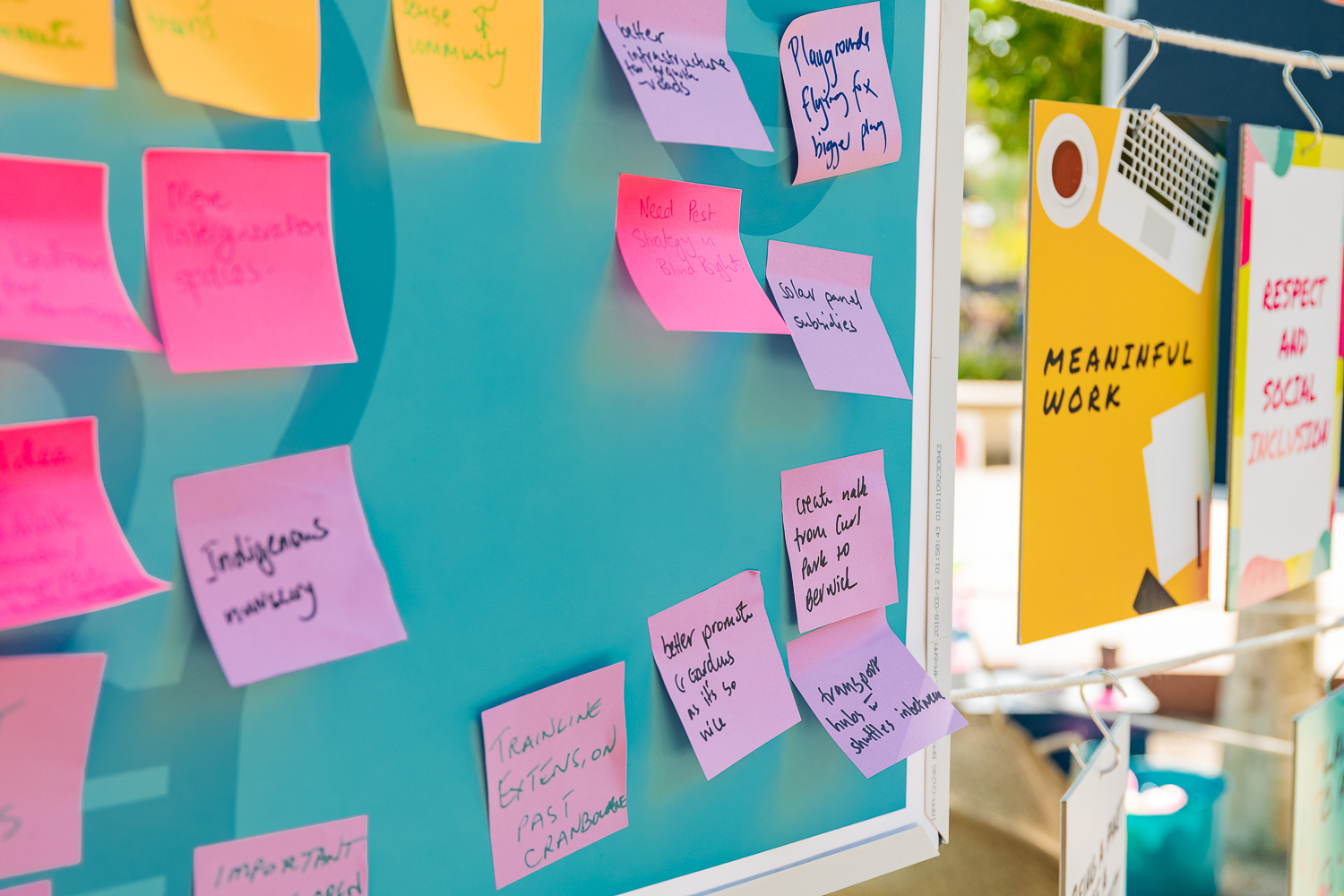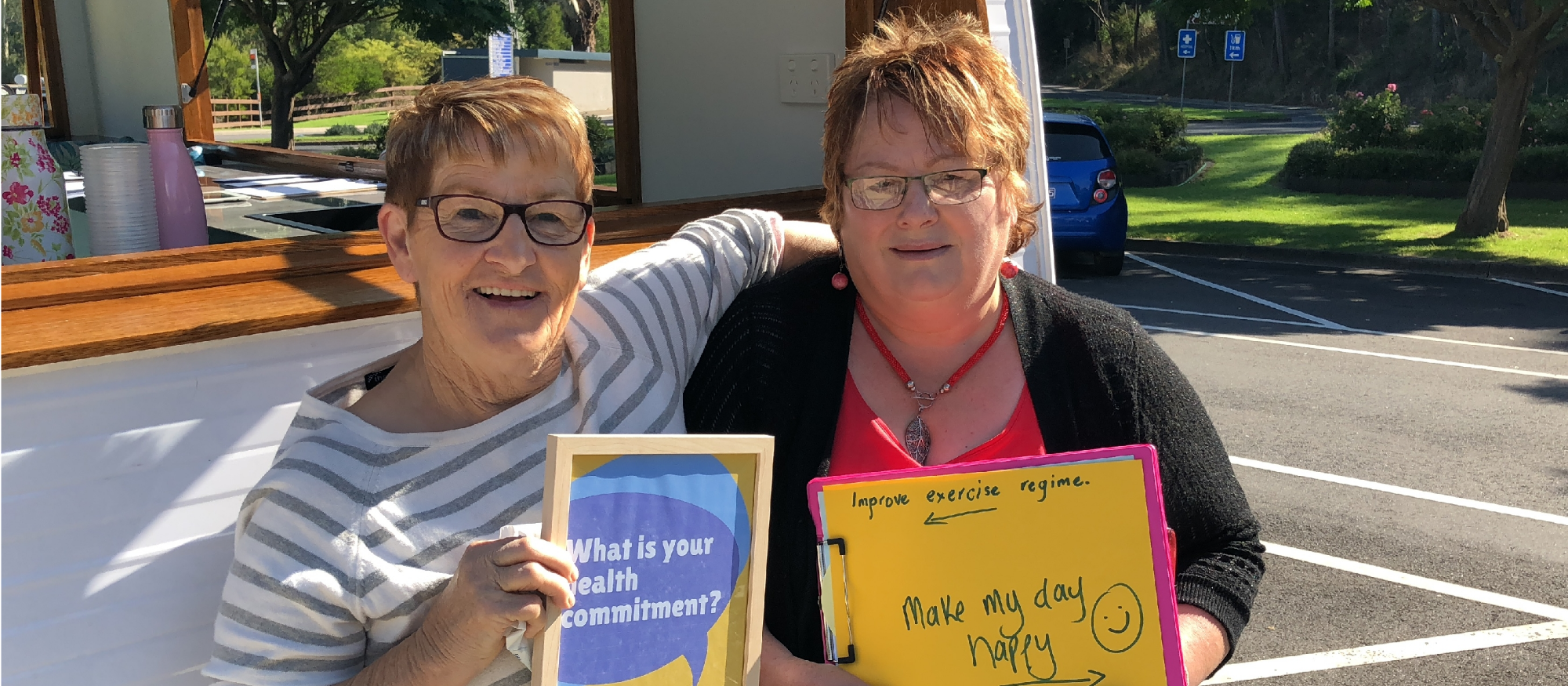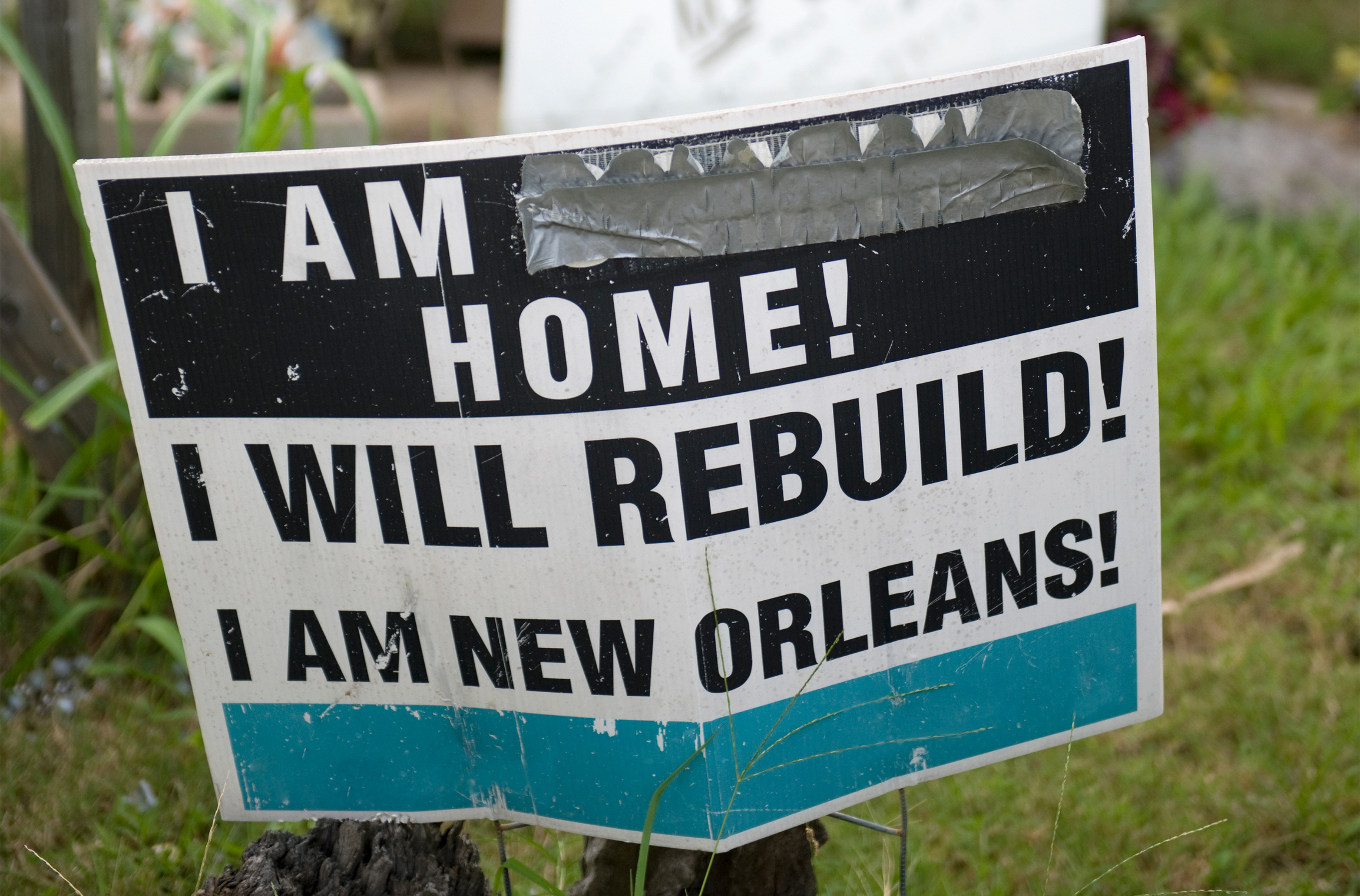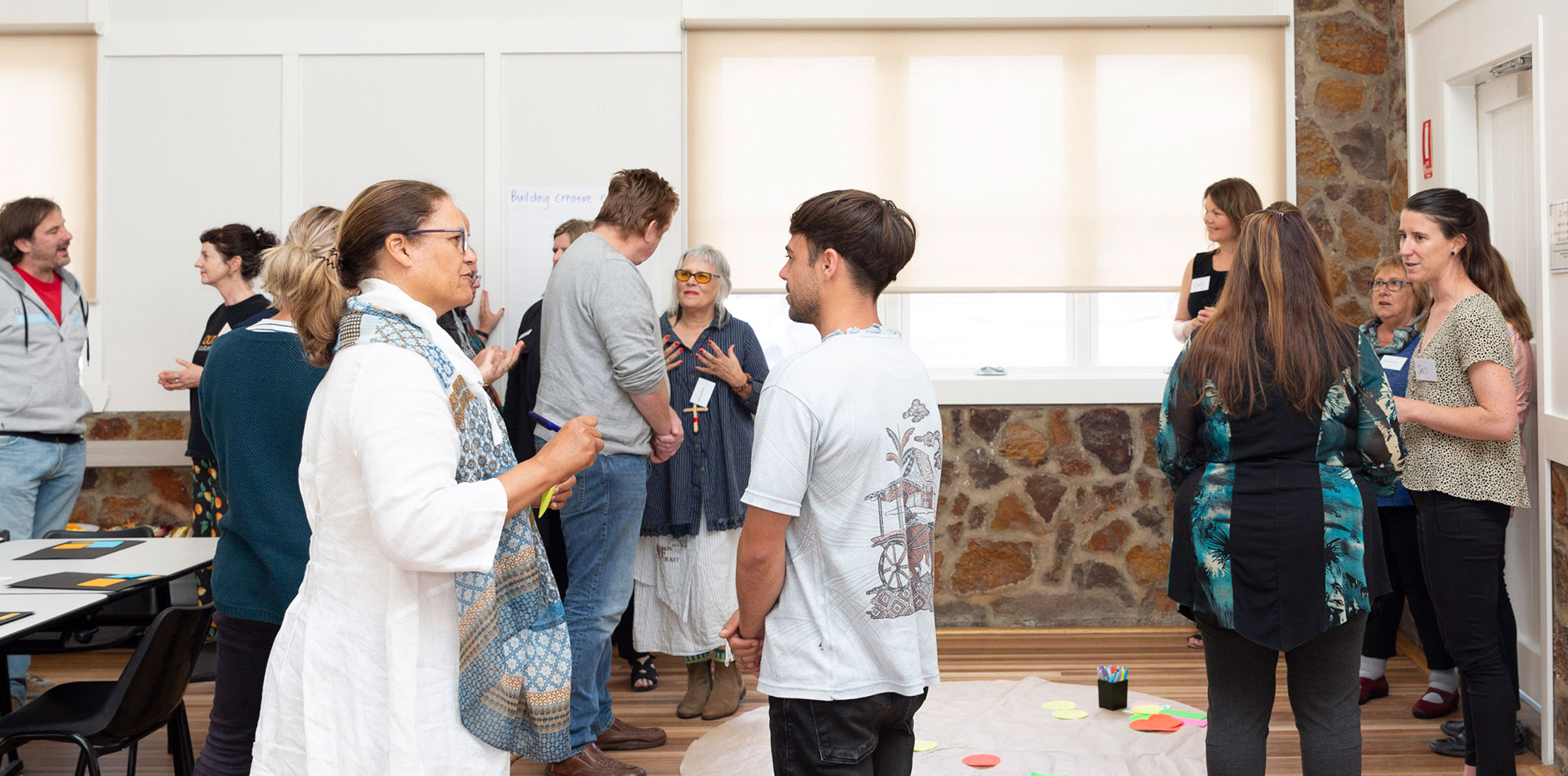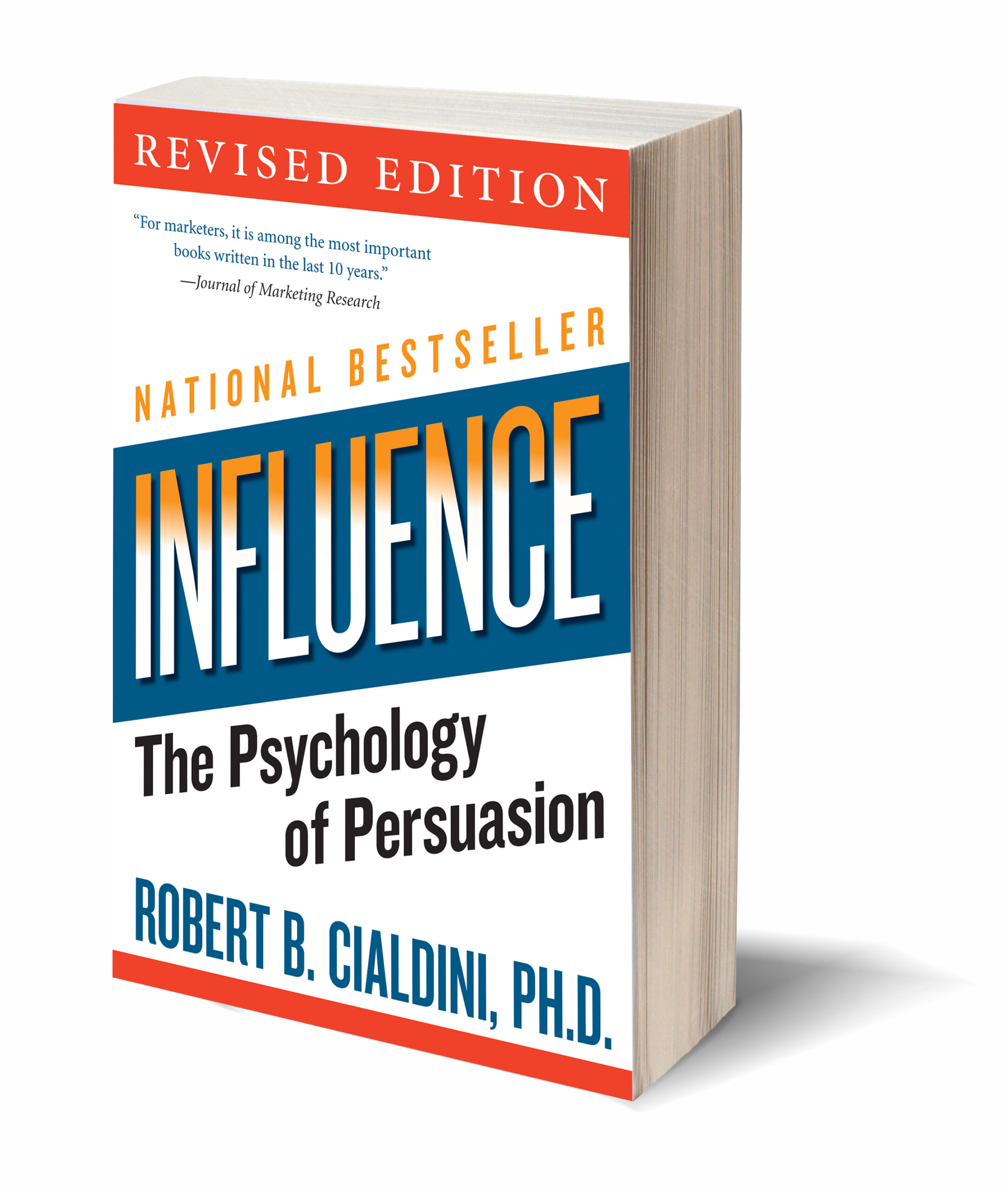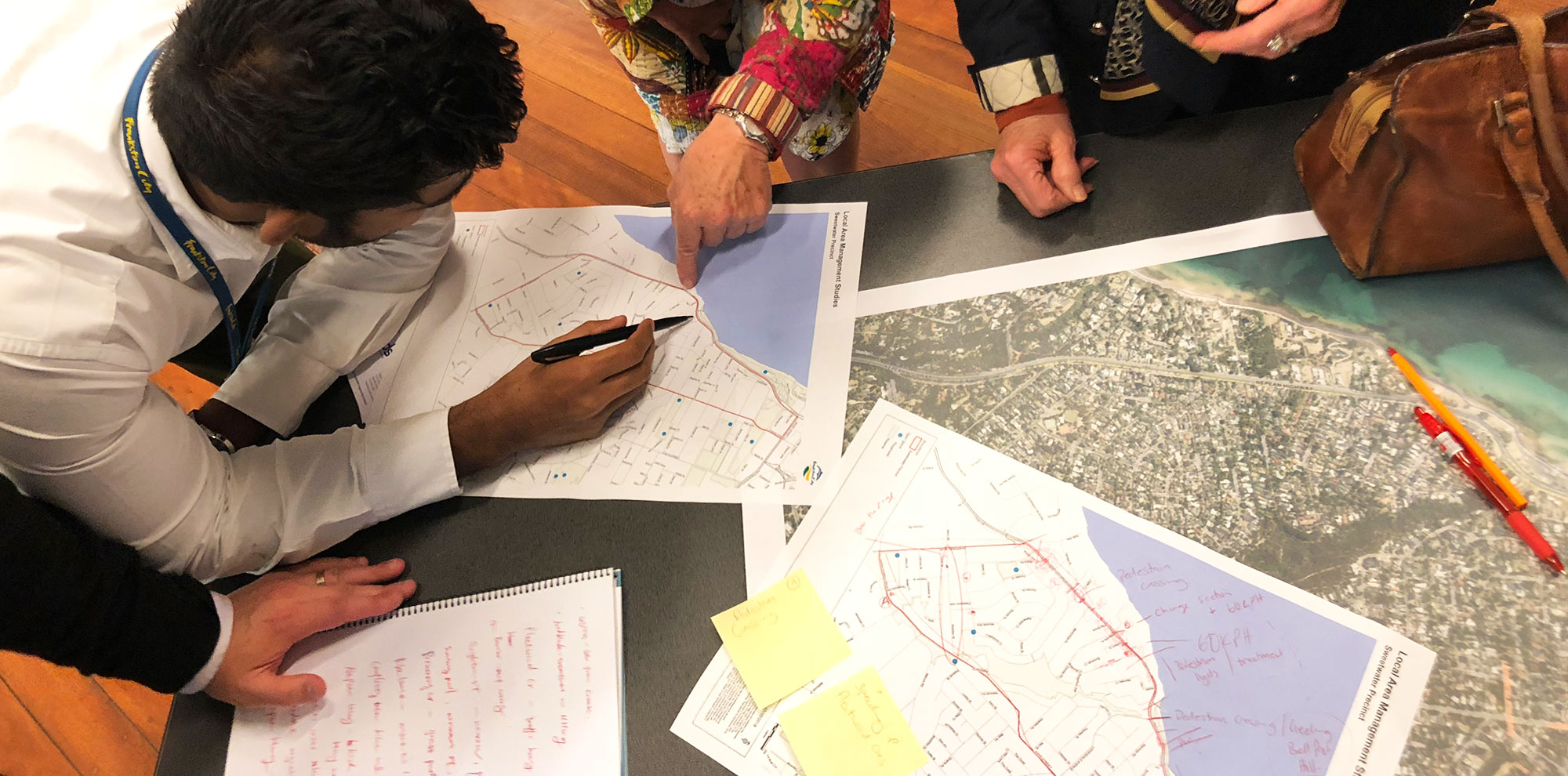
Get that good vibe feeling after a team briefing session
Don’t let those months of planning, meeting with stakeholders and developing research questions go to waste with an improper briefing session of your engagement staff and helpers.
Its engagement day. Everything has come together, your activity stations are set up, your Facebook posts are already drawing a crowd and you’re ready to go, but are your helpers? It can be tempting to skip the briefing and jump into it.
As tempting as it is, don’t be lured into opening shop early. Conversation Caravan puts the time in to making sure any helpers and staff are confident and comfortable in their role to create engaging conversations.
We all know how things run so much smoother when everyone knows what is expected of them and what to expect during the shift. There are various steps we put into place to ensure this is achieved.
Before the pop up begins
Provide written details on the project, providing staff time to learn about the project. When staff have background information on the project they feel more comfortable engaging and discussing it with the target group. This develops a staff member’s confidence within the project.
This might include:
- Engagement Plan
- Activity Plan
- Details of the event.
We are only human and the more information provided such as parking and transport options makes it easier for staff to arrive relaxed and ready to begin on time. Dates, times, locations and uniform details should be provided leading up to the shift.
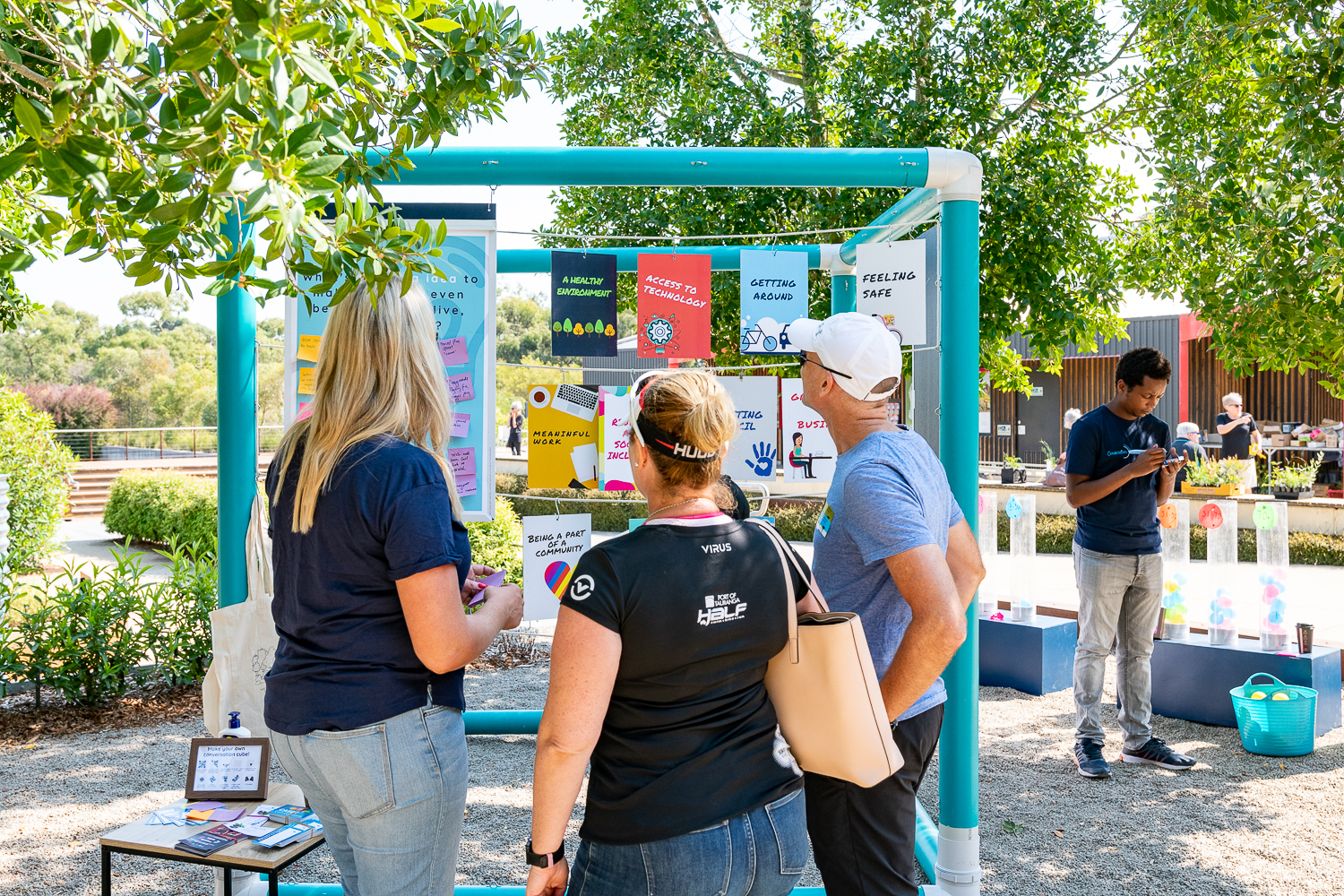

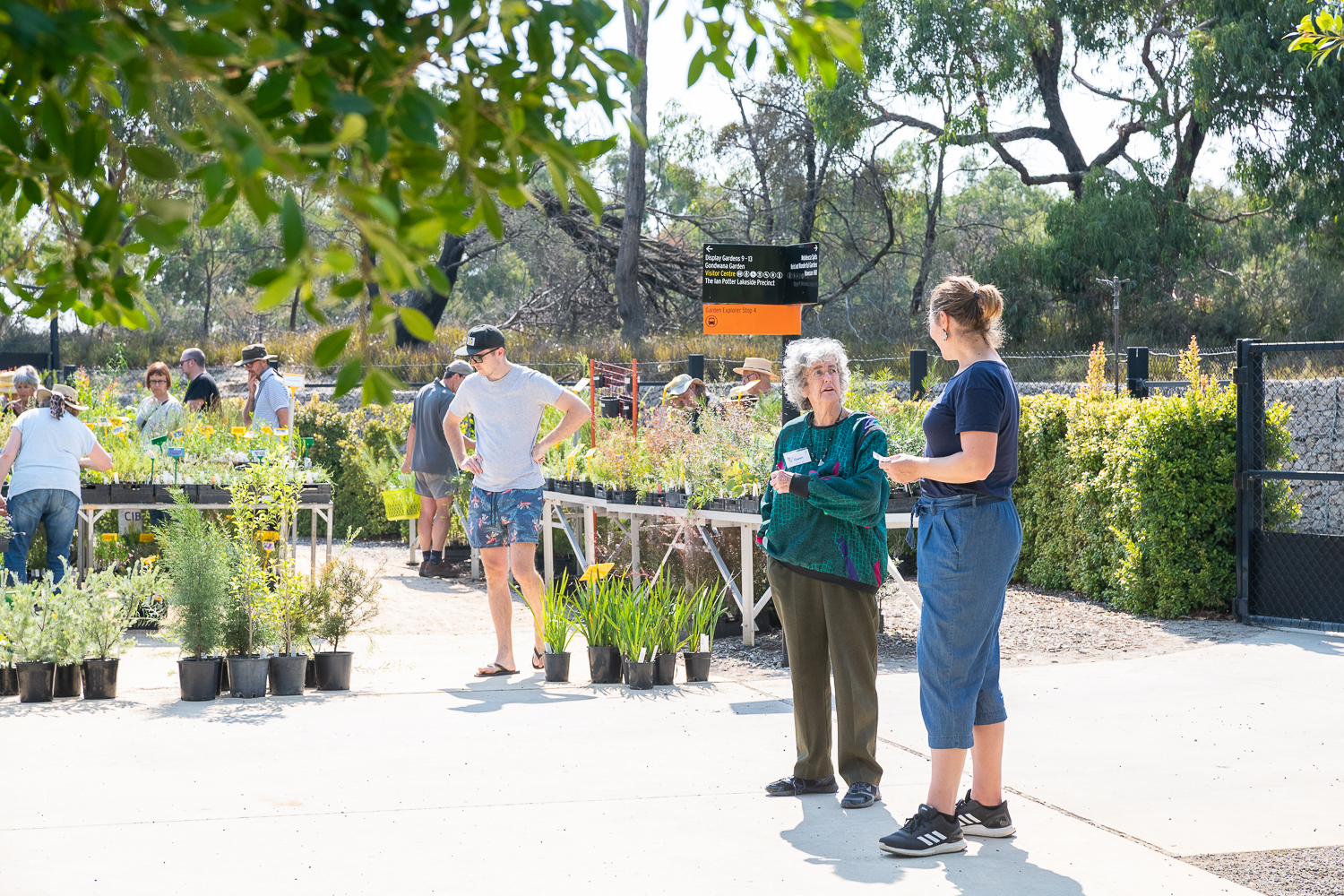
Directly before the shift
Move staff away from the pop up and the pressure of the public eye. You want to create an environment where people can get to know each other and ask any final questions.
- Introduce your helpers to one another, providing some information about each member and any roles or information relevant to the project. This builds opportunities for further discussion between the project team and other helpers.
- Provide basic details such as location of amenities and where they can store personal items. This allows staff to feel considered and part of the team.
- Familiarise staff with activities or stations that are set up and explain key goals and desired information/data outcomes.
- Seek clarification that everyone is up to date on the project. Provide opportunities for people to ask questions so they don’t feel rushed or unsure of the outcomes required.
Manage your own emotions
Accept and encourage input and maintain a positive attitude. It is important to draw on the experience of your staff, allow them to suggest ways in which a station or activity may run better or flow easier. Despite any challenges that may arise, maintain a positive ‘can do’ attitude and lead your staff to do the same.
Remember, with a structured briefing all staff can arrive prepared, on time, feeling confident and ready to get the most out of the target audience. It also provides a calm positive experience.
This blog post was written by Conversation Caravan’s Engagement Consultant Kate Wilby. Kate specialised in youth planning and engagement.
For more information subscribe to our newsletter to ensure you get our tips direct to your inbox.
